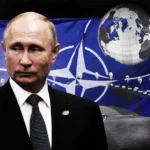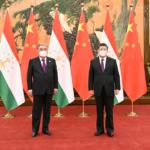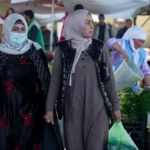Brussels (12/7 – 30.77)
International investigators interviewing survivors of a mountain massacre that occurred in May 2022 in Tajikistan have collected evidence that government security services carried out a planned massacre of peaceful protestors as part of a larger ethnic cleansing campaign targeting the peaceful Pamiri indigenous people of the mountainous eastern region of the country.
Numerous witnesses described how heavily armed troops from both the Ministry of Internal Affairs (VKD) and the intelligence service (GKNB) gunned down Pamiri demonstrators in the town of Vamar/Rushon on 18 May 2022. The non-violent protests had erupted in various cities of the Gorno-Badakhshan autonomous region to demand justice and accountability after a youth leader and boxer was tortured and killed a few months before.
The killings in Vamar, justified by state media as a “counter-terrorist operation,” were followed by a summer-long series of extrajudicial murders of Pamiri leaders, arrests of hundreds on false charges, torture, economic strangulation, and religious repression of Pamiris who practice Ismaili Islam and follow their religious leader the Aga Khan IV.
According to survivors of the Vamar massacre, 26-year-old Ardasher Munosibov was one of the protestors. He was shot in the leg and his companions rushed him to his nearby village of Derzud to receive first aid, as access to the local hospital was too dangerous. Munosibov and his companions then made the fateful decision to return to Vamar to assure Munosibov’s mother that her only son was alive. Their car was stopped at the entrance of the city at a roadblock manned by the dreaded GKNB secret police (the State Committee for National Security – SCNS).

During the Vamar Massacre in May 2022, four innocent Pamiris were pulled from their car and taken to the base of the GKNB’s Alpha special forces and Border Troops along the Afghan border near the Vamar river. Ardashar Munosibov, Ehson Kuvatbekov, Nusrat Zavkibekov and Munir Mirulloev were tortured and executed and their bodies were disposed after.
The four innocent Pamiris were pulled from their car and taken to the base of the GKNB’s Alpha special forces and Border Troops responsible for securing border with Afghanistan that is just across the river from Vamar. According to sources, they were forced to put on Afghan clothing typical of Islamist militants, and hold weapons, and the “terrorists” were photographed by the GKNB.
The secret police then turned the four over to the VKD civilian police force under the command of Rushan district Lieutenant Colonel Umed Hamidzoda (Khamidzoda) Sharifkhon (Ҳамидзода Умед Шарифхон). According to sources, Khamidzoda, had an existing grudge against two of Munosibov’s companions, Ekhzon Kuvatbekov and Nusrat Zavkibekov. Allegedly, in response to Munosibov’s protests over their detention, Khamidzoda tortured and beat Munosibov in the vicinity of the Rushan Central District Hospital in Vamar, and allegedly then took Ekhson, Nusrat, and a third companion, Munir to the Rushan district police headquarters where they were apparently tortured and executed.
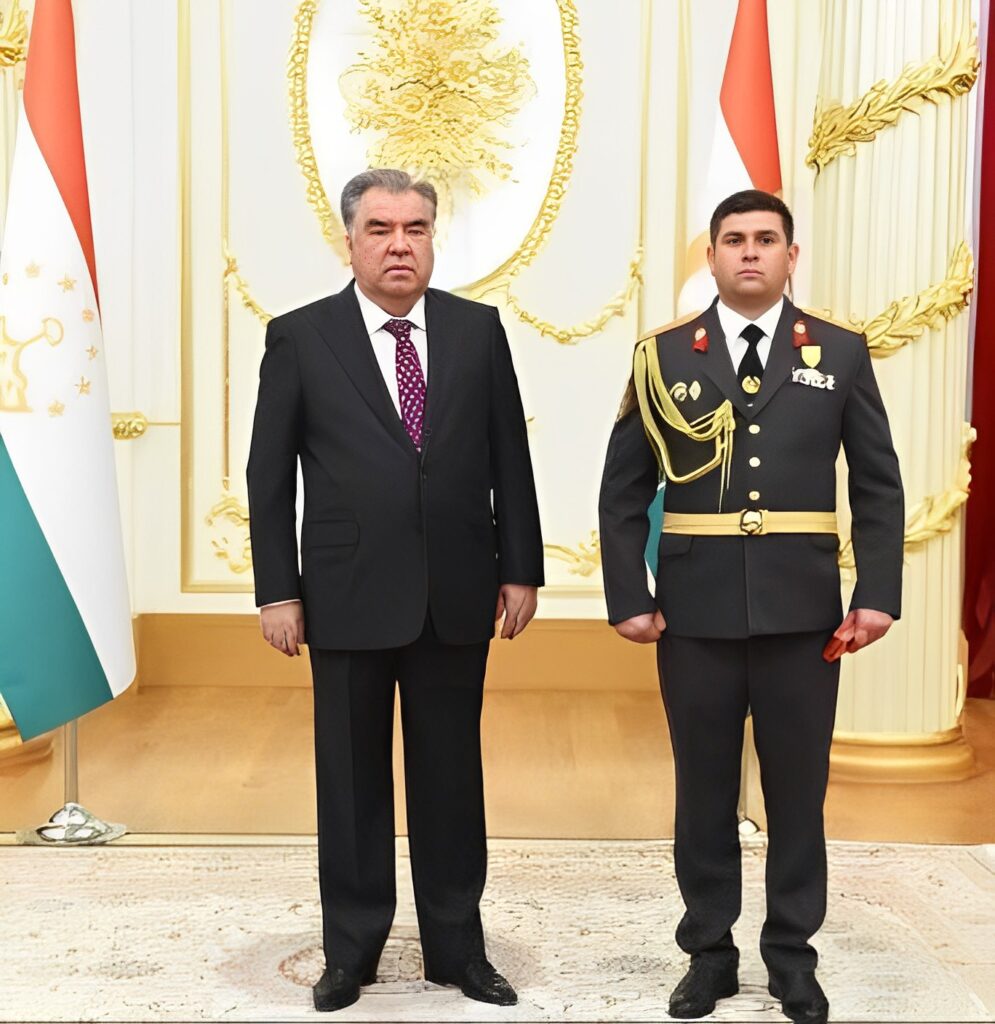
The four were childhood companions, and their naked bodies were dumped by the VKD in an empty building in Vamar near the district hospital where locals recovered them and brought them to their village of Derzud. Their bodies were covered in horrific wounds and showed evidence of severe torture. When Munosibov’s mother viewed his body, she lost consciousness for several hours. Relatives were able to confirm that the disfigured body was Munosibov thanks to a scar on his stomach.
Investigators, speaking on condition of anonymity in order to protect their ongoing investigation, report the following forensic observations of the bodies:

Ardashar Munosibov (born 1996 Ардашер Муносибов):
According to sources and forensic examination of his body, at least one right ear was cut off. Toes and fingers were smashed and broken; the stomach cut open. The face is disfigured and with the right side from his beard to his forehead covered in black splotches that do not appear to be burns as there is no reddened skin. The teeth are smashed, and blood has dripped onto his right clavicle. The left eye and top of the cheekbone show severe bruising. The forehead has cuts and bleeding, and the nose is likely broken. The right arm has patches of skin missing above the wrist and on the lower arm.

Ehson Kuvatbekov (born 1997 Эхсон Мизробов):
Right hand and wrist severely bruised and bloodied. On the right upper arm there is a deep cut or burn on the triceps.There is deep cut on the right side under the arm with blood dripping down to the chest. The back right side of his skull has been blown out by force that could be the result of a gun shot through the upper mouth.

Nusrat Zavkibekov (born 1985 Нусрат Завкибеков):
Face dirtied and nose covered in blood. Right side of chest bloodied and bruised with multiple dark wounds. The right upper arm also has a bloody wound and the lower arm is bloodied and appears smashed and broken around the elbow. The Left hand is bloodied and bruised.
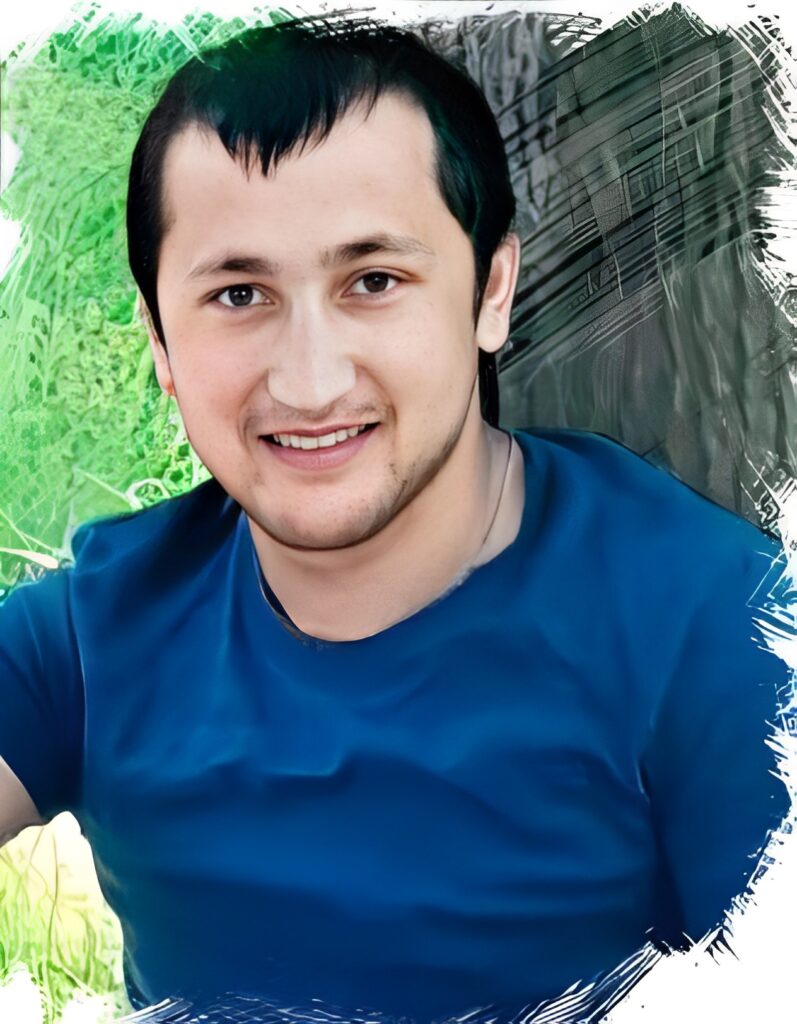
Munir Mirulloev (born 1996 Мунир Мируллоев):
Severe laceration to the lower right side above the waist. The Right hand is darkened, similar to Ehson’s disfigured hand. Lacerations below the wrist suggesting the hand was bound. On the inside of the right upper arm there is a square patch of skin missing. Continuing up the inside of the arm, there are patches of skin missing, suggestive of burning, with another patch of skin missing at the top right of the chest. There are severe wounds on the left side of the body.
300,000 Pamiris are dispersed across villages and towns of the far eastern region of Gorno-Badakhshan that borders Afghanistan, as well as in the diaspora, primarily in Russia. A Pamiri activist who asked that his name not be revealed, noted that the Vamar massacre’s devastating impact on Pamiri society could best be seen by comparing how other communities in the world would be shaken by an equivalent number of citizens killed by police in a single incident, based on their larger

